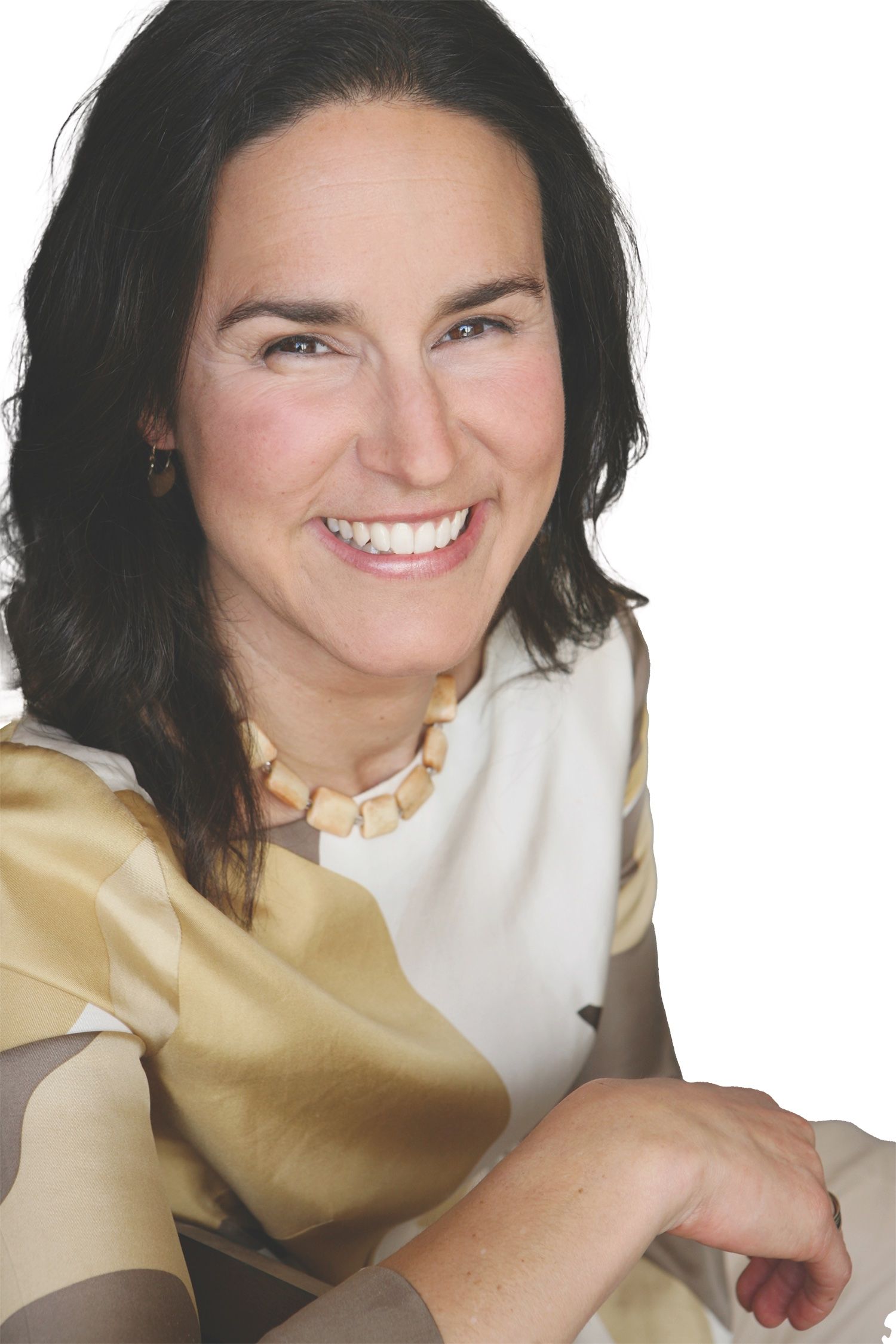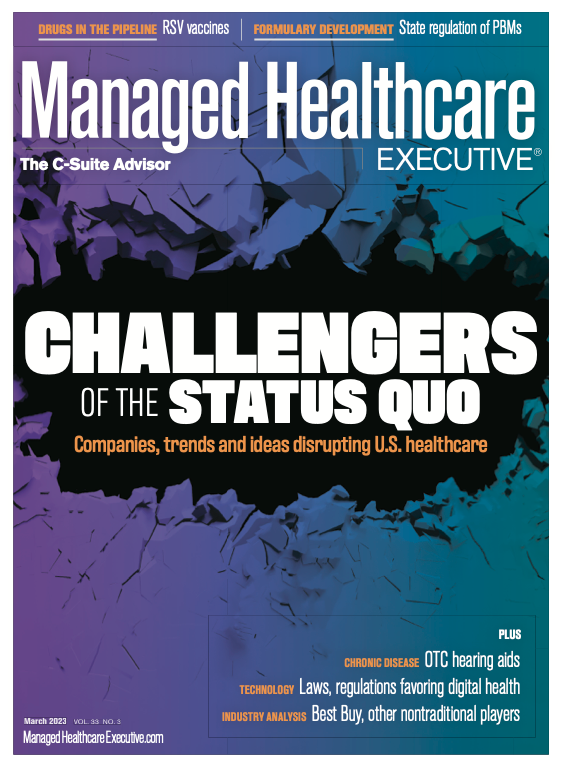Challengers of the Status Quo In Physician Payment — Paying Primary Care Physicians More Than Specialists
This part of the month's cover story series features Suzanne Delbanco, Ph.D., M.P.H., executive director of the Catalyst for Payment Reform, who has the provocative suggestion of flipping physician payment so primary care physicians are paid more, not less, than specialists. “We spend so much more on specialists than we do on primary care. While a specialist can help people who are already ill, primary care doctors can help people from becoming ill,” she says.
Despite all the regulation, entrenched interests and bureaucratic entanglements, healthcare remains one of the more dynamic sectors of the American economy.
The activity spring partly from altruism: a desire to heal and help. There's also an abundance of resources — and not just a little profit seeking — in a sector that accounts for almost one-fifth of the U.S. economy.
Over the next few days, we are featuring some of the challengers to the status quo in U.S. healthcare: companies, people, trends and ideas that are shaking things up and reshaping the contour of how healthcare is paid for and delivered.
Value-based care was supposed to upend U.S. healthcare. Changing incentives and how the massive amounts of money circulating through the system flowed so providers were rewarded more for prevention and good outcomes and less for volume and intensity would be nothing if not disruptive.

Has it played out that way? “It depends on what you mean by disruption,” says Suzanne Delbanco, Ph.D., M.P.H., executive director of the Catalyst for Payment Reform, a nonprofit group founded in 2010 that has large employers such as Walmart and Home Depot as its members. “If the question is, has it disrupted providers and payers, I think the answer is yes. Has it disrupted the outcomes we were hoping for, meaning has it significantly improved quality or saved money? The answer is no.”
Quality measurement alone has become a “massive industry,” continues Delbanco. “The amount of effort to measure performance and outcomes to tie it back to payments has taken on a life of its own and has not necessarily led to better outcomes.”
One reason value-based care has fallen short, in Delbanco’s view, is the consolidation of providers and rising prices: “Payment reform, value-based payment, value-based care — whatever you call it — does not address prices.” And although payment reform may be making providers more efficient, if prices are high, those who use and pay for healthcare are not going to experience the benefits, she says.
If you are looking to truly disrupt healthcare, Delbanco has the provocative suggestion of flipping physician payment so primary care physicians are paid more, not less, than specialists. “We spend so much more on specialists than we do on primary care. While a specialist can help people who are already ill, primary care doctors can help people frombecoming ill,” she says.
Accountable care organizations have been billed as a way to channel more healthcare dollars into primary care, but Delbanco says they leave intact the wide gap in payments between primary care physicians and specialists.Boosting payment to primary care physicians might start to fix American medicine’s turn away from primary care, says Delbanco, who mentions that her father, Tom Delbanco, is a primary care physician and an internist and professor at Harvard Medical School.
“It used to be that the best and the brightest went into primary care because it was the most challenging,” Delbanco says. “I don’t mean because you have to see a patient every five minutes. I mean that every time a patient walks through the door, you don’t know what’s going to come at you, and you have to be prepared for anything.”

Premiums for Employer-based Health Insurance Increased by 7% in 2024, Says KFF Report
Published: October 9th 2024 | Updated: October 9th 2024The 2024 increase is the same as last year's increase for family coverage. The foundation’s annual survey of employer health benefits also found that only 18% of large employers (200 employees are more) are covering the GLP-1 weight loss drugs.
Read More
Doug Chaet of Value Evolutions Discusses Value-based Payment Models, Where They Stand and More
September 29th 2022In this episode of Tuning In to the C-Suite, Managing Editor of Managed Healthcare Executive, Peter Wehrwein, speaks with President of Value Evolutions and MHE Editorial Advisory Board Member, Doug Chaet, FACHE, about value-based care's current standing, the status of select payment models like bundled and episodic, and more.
Listen
Florida Gets the OK. But Will Drug Importation from Canada Actually Happen?
March 5th 2024Canadian health officials warn that maintaining a drug supply for Canadians is their priority. The staunch opposition of the U.S. pharmaceutical industry may also be an obstacle to imports from north of the border.
Read More
We conducted our annual State of the Industry survey in the early part of November 2023. The survey had 432 respondents, of whom 56% self-reported working for a payer organization (pharmacy benefit manager, insurer or self-insured employer), 34% for a provider organization and the remainder for government or an unspecified “other” category.
Read More